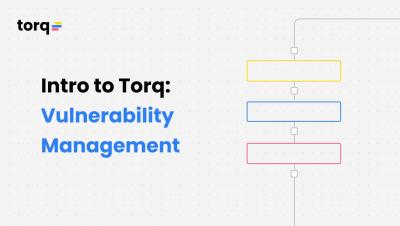A visual guide to Calico eBPF data plane validation
In previous blog posts, my colleagues and I have introduced and explored the Calico eBPF data plane in detail, including learning how to validate that it is configured and running correctly. If you have the time, those are still a great read; you could dive in with the Calico eBPF Data Plane Deep-Dive.











